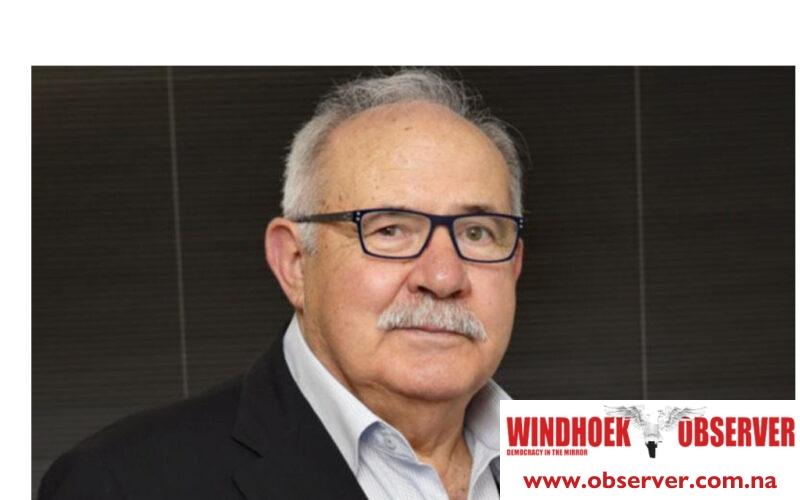CHAMWE KAIRA
Deep Yellow managing director and CEO, John Borshoff has said the uranium market is at an extraordinary stage in the uranium supply sector.
He said the market has a situation where the long-term uranium market is essentially broken. This is due to more than a decade of sector inactivity, persistently depressed uranium prices, and utility offtake contracting practices which are yet to support the development of greenfields uranium production, Borshoff said.
He said although the Tumas project in the Erongo Region is economic at current long-term uranium prices, these prices do not reflect or support the enormous amount of production that needs to be brought online to meet expected demand.
“Also, we can expect from experience that supply shortages will only be exacerbated by likely delays and underperformance of the sector generally. Deep Yellow is in an enviable position having one of the most rigorously evaluated greenfield projects in the world ready to hit the “go” button.”
He added that water and power supply agreements have been completed as the company push ahead
with the off-site infrastructure needs, and project financing is proceeding well.
“The Tumas Project is ready to take the next step to development but, as we have consistently stated, a healthy prevailing uranium market is a key prerequisite. The final project approval will therefore be delayed until uranium prices fully reflect a sustainable environment essential to encourage development of new projects for much needed additional production.”
Borshoff noted that the reality is there are limited greenfield uranium deposits available for start-up globally over the next 10 years to satisfy projected demand, and new uranium supply will be virtually impossible to achieve in the current price environment.
“It is against this backdrop that we are comfortable with our decision to carefully progress areas of the project such as early works infrastructure and detailed engineering but not commit the capital to construct the process plant until uranium prices improve.”
The company’s updated ore reserve estimate indicated reserves of 79.5 million pounds of uranium oxide and a US$100 per pound of uranium price for the Tumas deposits with an average waste to ore ratio of 2.2 to 1. The US$100 per pound pit shell was chosen for the final pit design work due to the relative insensitivity of the pit economics to uranium prices above US$80 per pound and the resulting ease of pit design. This substantial increase in ore reserves confirmed that Tumas can support a 30-year Life of Mine (LOM).




